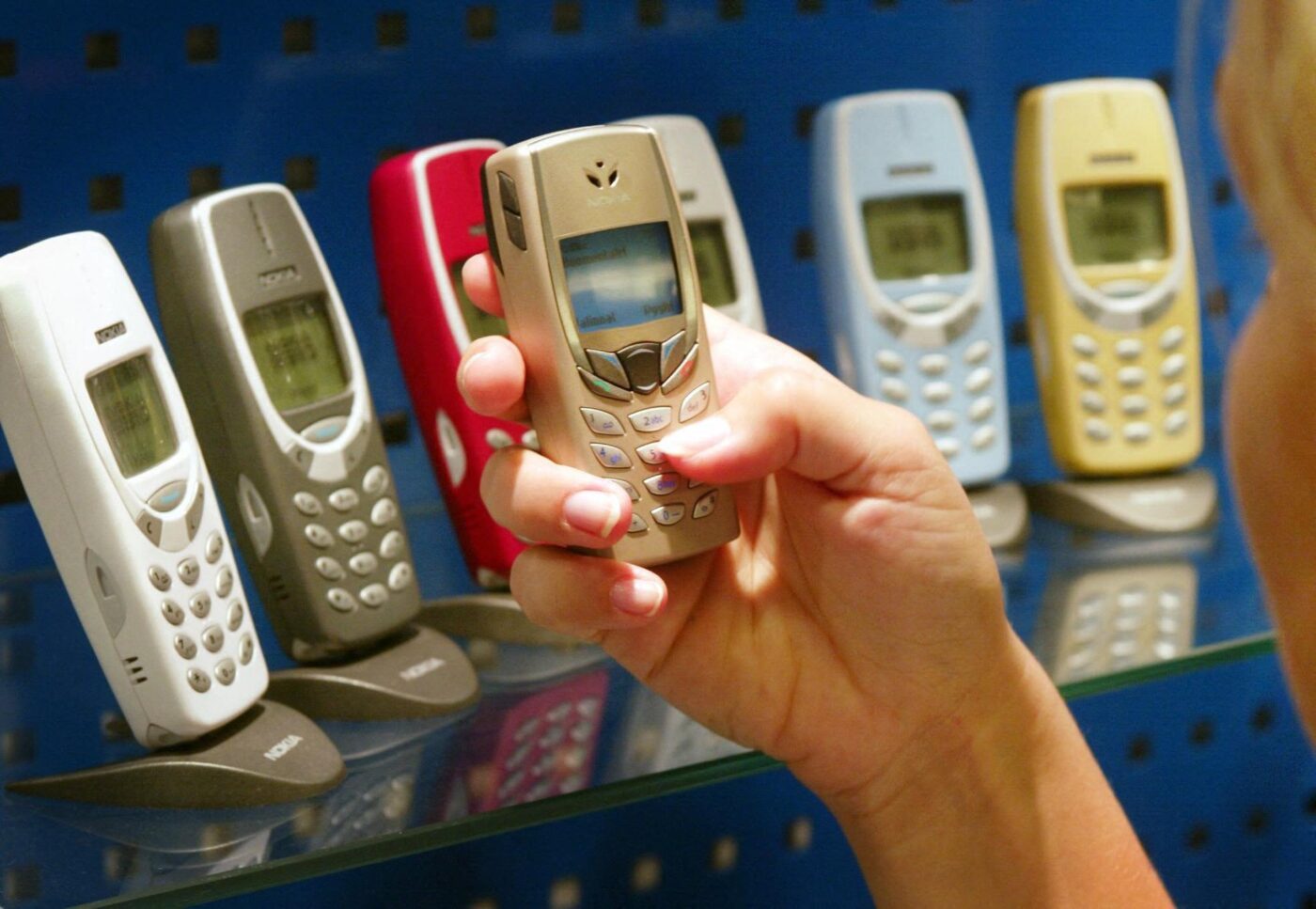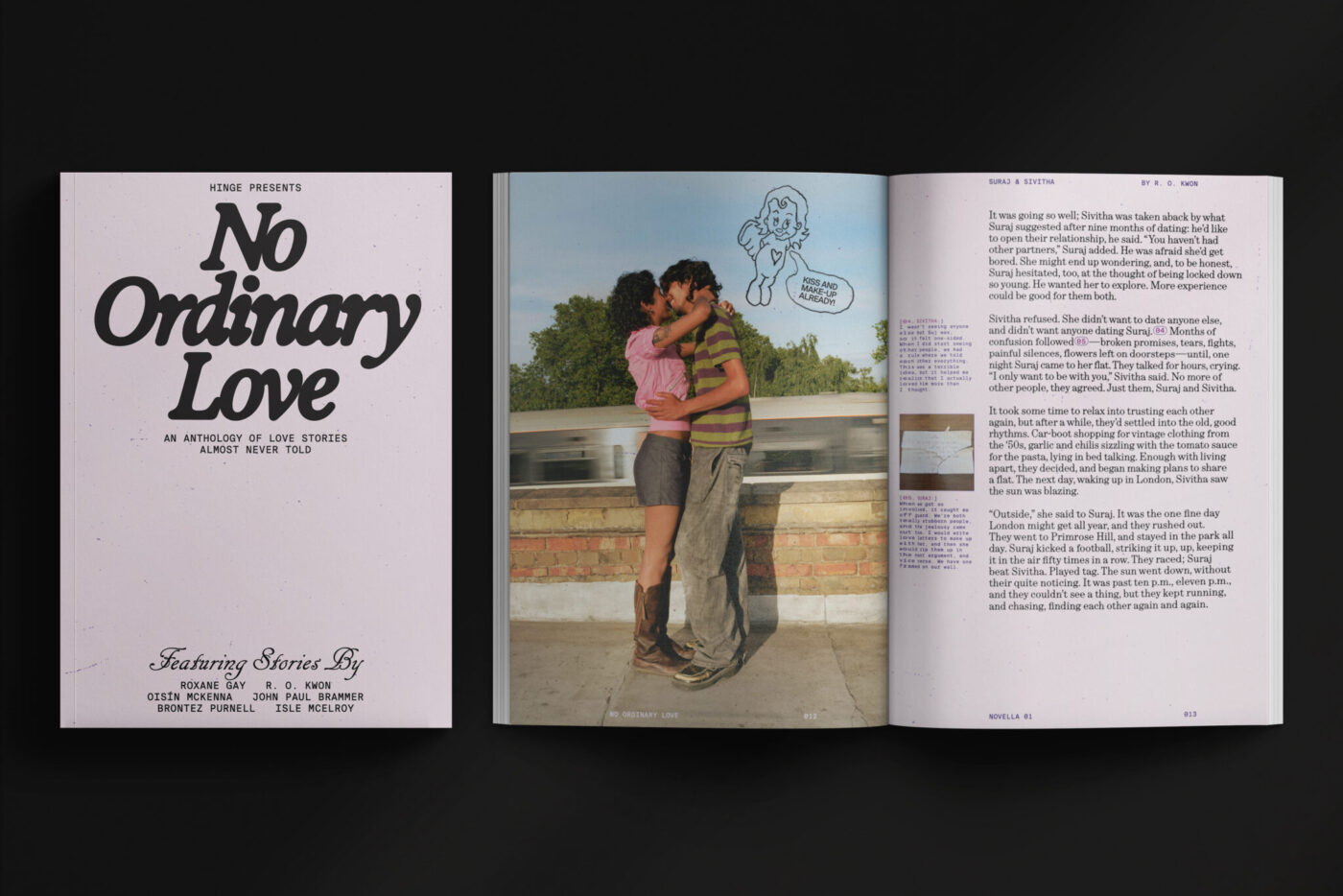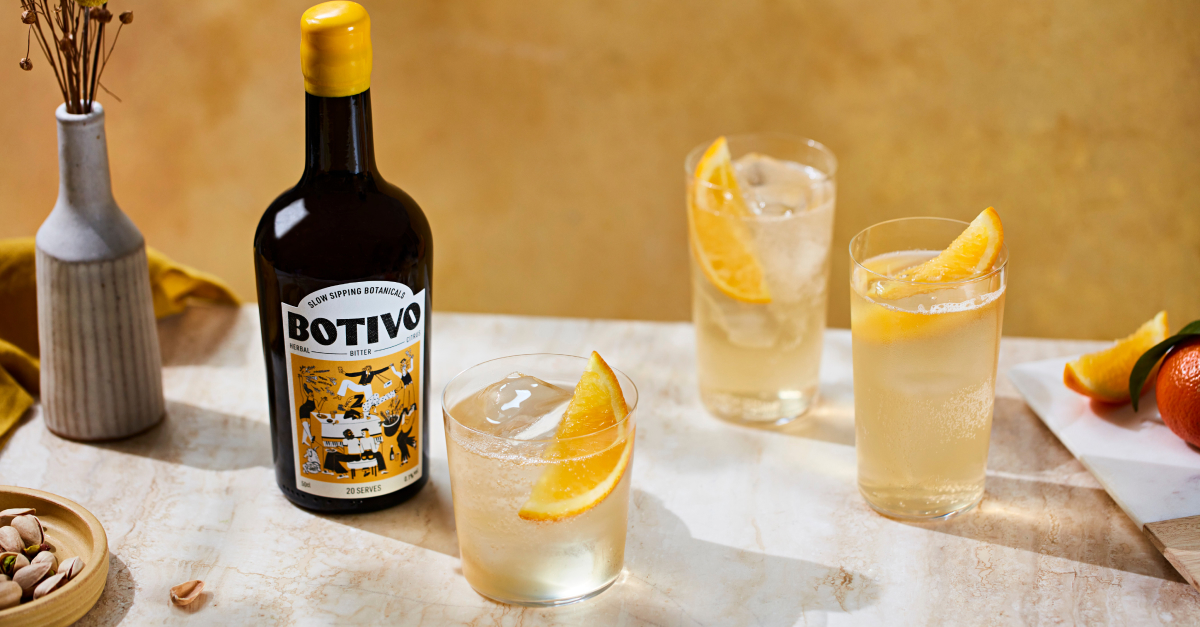Much has been said about the harmful impact of screens in our lives. Our digital dependency – manifested in excessive use of smartphones and social media – has clear consequences: mental fatigue, psychological disorders, and the distancing from genuine connections. It’s no wonder that “Brainrot” was chosen as the word of the year in 2024 by the Oxford dictionary.
In this context, a collective search for “digital detox” emerges. While there are those who opt for a completely offline life, usually in alternative communities away from urban centers, for the majority, the solution isn’t in total abandonment of technology, but in creating conscious disconnection rituals.
This new balance manifests in different spheres: when it comes to travel, retreats promoting digital disconnection are proliferating – whether in mindfulness experiences without electronic devices or in the conscious choice to document less and live more. It’s interesting to note the harmonious coexistence of analog with digital: traditional cameras and physical books share space with Kindles and iPhones.
The “dumb phones“ phenomenon evidences a desire to limit digital distractions. However, few people are willing to permanently replace their smartphones – the preference is for specific moments of disconnection. “Phone-free” festivals, like This Never Happened in Australia and other countries, or clubs in Holland offer precisely these structured experiences.
In daily life, we witness the resurgence of analog practices, wrapped in a good dose of nostalgia: the revival of print magazines, fanzines, scrapbooks, and diaries, which value tactile and manual experiences impossible to replicate on screens. Examples abound, from the return of printed Capricho magazine, in Brazil, to Hinge’s (a dating app) couples’ stories magazine to Miu Miu’s Summer Reads campaign. They are complements, not substitutes, for digital life.
Curiously, technology itself tries to offer solutions for its excessive use. Platforms like Instagram incorporate features like “Take a Break,” while other applications propose to block social networks on demand. However, there’s an evident paradox: isn’t it contradictory to resort to technology to solve problems that it created itself?
In music, listening bars and vinyl revival emerge, spaces and formats that privilege active and contemplative listening – an experience distinct from casual consumption via Spotify or YouTube, but which coexists harmoniously with these.
Download Pulse 2025, our annual design insights report to help brands and organizations guide their initiatives.
Parallel to this, the “sober curious” movement grows, especially among Generation Z. This trend reflects a search for more conscious socialization and questions the stigma of sobriety: why does refusing alcohol bother people so much? New generations contest the “obligation” to drink to socialize and have fun, recognizing the harm of a legalized and omnipresent drug.
Recent market data reinforces this trend: globally, sales of low or zero alcohol beers exceeded 6.5 billion liters in 2022, according to Euromonitor International. Searches for the term “non-alcoholic beer” increased 80% worldwide and 60% in Brazil in the last 5 years, evidencing a significant change in consumption habits. This transformation is especially driven by Generation Z and the fitness audience, who seek sophisticated experiences without alcohol’s negative effects – a trend that intensified after the pandemic, when health and wellness concerns gained even more relevance.
The phenomenon doesn’t necessarily represent total abstinence. Often, it appears in determined periods of sobriety – like “Dry January” – or in exploring alternatives, from non-alcoholic beverages to psychedelic substances, the latter sought both for their therapeutic benefits and recreational use. Brands like Botivo Drinks in the UK and Kiro’s Switchel in Brazil meet the demand for pleasure without alcohol, emphasizing artisanal production and promoting conscious consumption.
The expression “um pouco de droga, um pouco de salada” (something like “some sin, some salvation”) popularized in urban brand products in Brazil, synthesizes this duality characteristic of the new generation. It’s a reflection of complex personas that combine apparent contradictions: the same individual can be both a festival-goer and a marathon runner.
This scenario presents an interesting challenge for creating products, services, and communication: how to dialogue with different facets of the same persona? How to create messages that resonate with both moments of intensity and consciousness?
It’s interesting to think that within the same portfolio, a beverage brand can have options with and without alcohol, sponsoring events focused on mindfulness and others more festive. Or promote the importance of offline moments using physical events and analog resources, while maintaining a consistent digital presence strategy.
Understanding this alternation mindset – which allows individuals to transition between periods of “total connectivity” and moments of focus or detoxification – has become essential for contemporary brands.
This article is the first in a series inspired by one of the nine insights present in our Pulse 2025 report, available for download.




